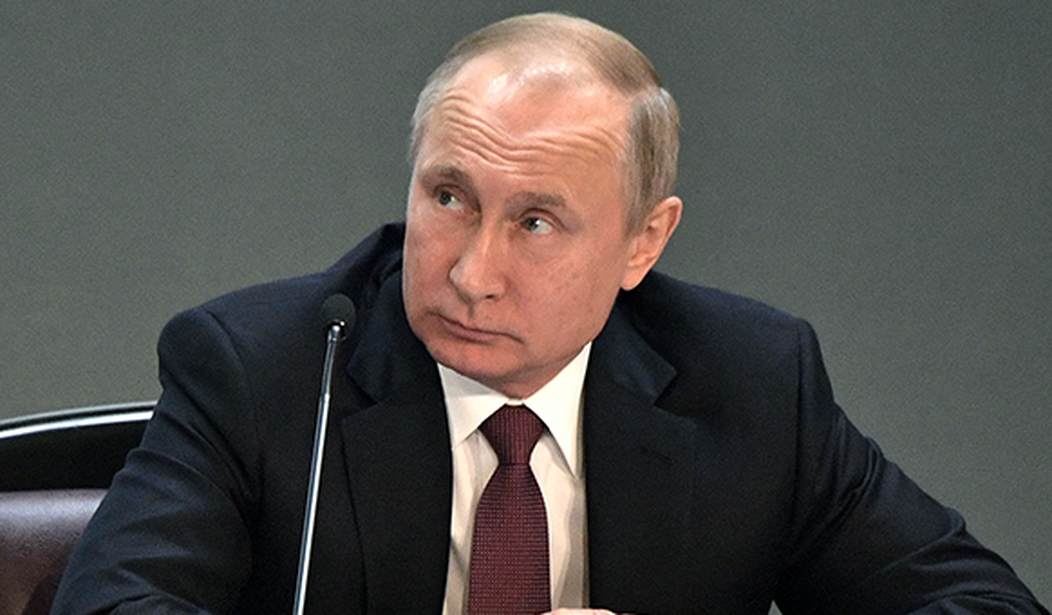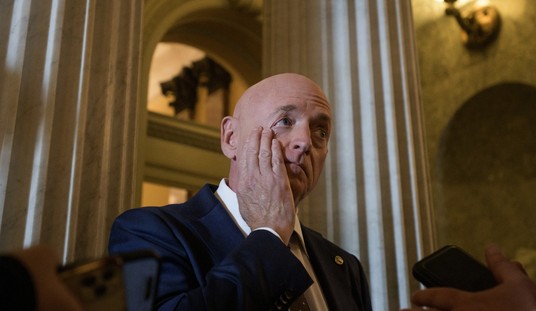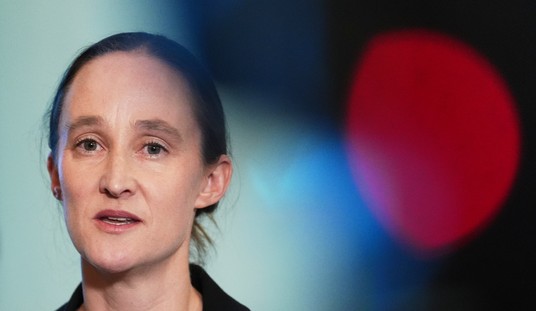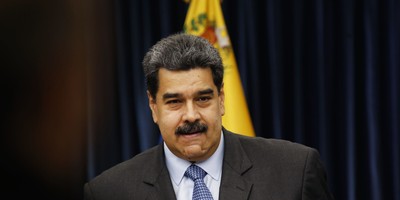On May 1, 2019, Russian police in Moscow and St. Petersburg arrested over a hundred demonstrators who had made it clear to all observers they were protesting one man: Russian President and former KGB Col. Vladimir Putin.
On Jan. 15, 2020, Putin announced that he would send the Russian parliament legislation that would amend the constitution and alter the current senior leadership structure. Putin called the legislation a necessary "reform" that offers "more power to the people."
Putin added that he intends to occupy another executive governing position after his presidential term ends in 2024 but is not certain what it will be.
Few observers believe Putin is giving ordinary Russians power. More likely his murky modifications of the Russian cabinet, the role of the prime minister and the office of the president are camouflage for solidifying his grip on state power.
Several observers argue that Putin is acting now when he has the power to force laws through parliament and secure pro-Putin results in any national vote, to include guaranteeing public approval of a constitutional referendum.
But in 2019, Vladimir had a tough year, one when public protests targeted him.
In June, small demonstrations denouncing corruption and government mismanagement occurred around the country. Russians confront a declining standard of living.
In July, the federal government's blatant efforts to rig Moscow's September city council election angered Muscovites and sparked major protests in the city. The rallies began attracting 50,000 people. By the end of July, the police were arresting demonstrators en masse.
In August, Moscow's rallies continued, and protests broke out in St. Petersburg.
By the end of September, every Russian province had had at least one major protest, the common grievances being corruption by senior officials and systemic mismanagement.
Recommended
Who heads the federal government? Vlad does. In 2014, Putin recovered the Crimean Peninsula and annexed it to Russia. His popularity soared. But Crimea started a war with Ukraine that has become a quagmire. His Syrian adventure hasn't brought prosperity to Russian workers. Since 2014, prices in Russia have risen over 10% a year.
Putin has run Russia for over two decades, either as president or prime minister. When his 2008 presidential term ended, he slipped into the prime minister's job. Presidents at that time could not serve more than two consecutive four-year terms. So he ruled as prime minister (2008-2012) while his protege, Dmitry Medvedev, played puppet president. Legislation expanded presidential terms to six years. In 2012, Putin replaced Medvedev as president. In 2018, he was reelected. Six more years!
Count the years. Putin has bossed the Kremlin longer than any Russian leader since Josef Stalin. Stalin became the Soviet Union dictator in 1924 and ran the oppressive gulag communist police state until he died in 1953.
Which segues back to May Day's small but audacious anti-Putin protests. In the USSR's heyday, May Day -- with the nom de guerre International Workers Day -- was one of the communist state's biggest holidays.
Soviet-era May Day speeches extolled communism's inevitable global victory. In Moscow, infantry, tanks and tracked vehicles carrying intercontinental ballistic missiles would parade through Red Square, passing in review before gray-faced Politburo septuagenarians. The pageantry supposedly displayed solidarity with "the international revolutionary proletariat" -- Marxist jargon for angry workers rebelling against exploitation by oppressive elites.
The USSR collapsed in 1991 with the root causes of public disgust with corruption, poverty and secret-police oppression.
A minor dispute rages over the translation of Putin's subsequent lamentation. Did he say the USSR's demise was "a major geopolitical disaster of the century" or that it was the "greatest geopolitical catastrophe of the century"?
Whatever -- the Soviet collapse still appalls the former KGB colonel.
According to persistent rumors, Putin has thin skin and riles when mocked. Staging anti-Putin protests on May Day must add an ironic edge.
Corruption and mismanagement Putin has overseen and personally benefited from via graft is spurring angry Russians to rebel against exploitation by his oppressive regime. So he is securing a permanent personal grip on power in order to suppress all challenges. Fair bet he intends to die in power, just like Josef Stalin.
Austin Bay's latest book, "Cocktails from Hell: Five Wars Shaping the 21st Century" (Bombardier Books), is available now.

























Join the conversation as a VIP Member